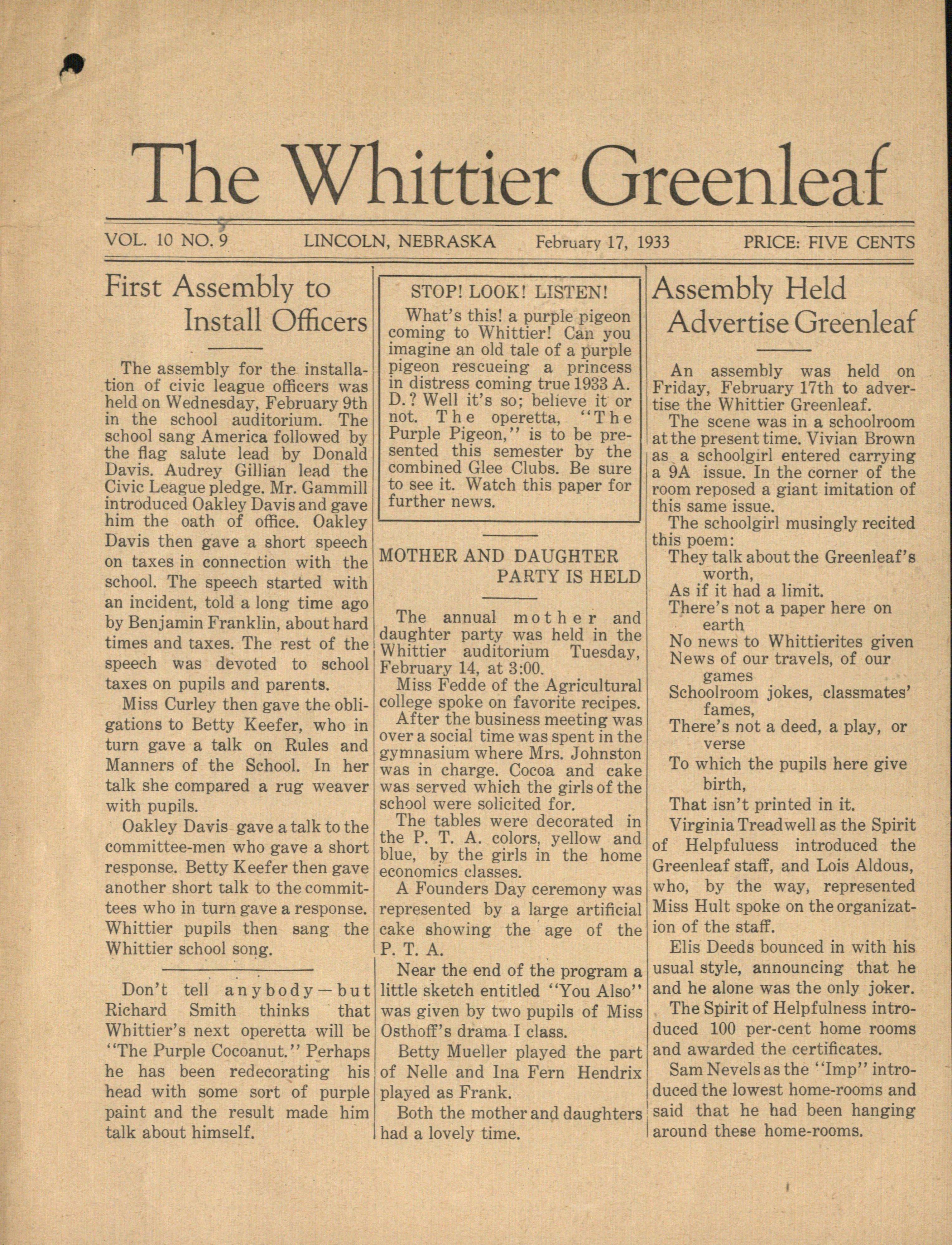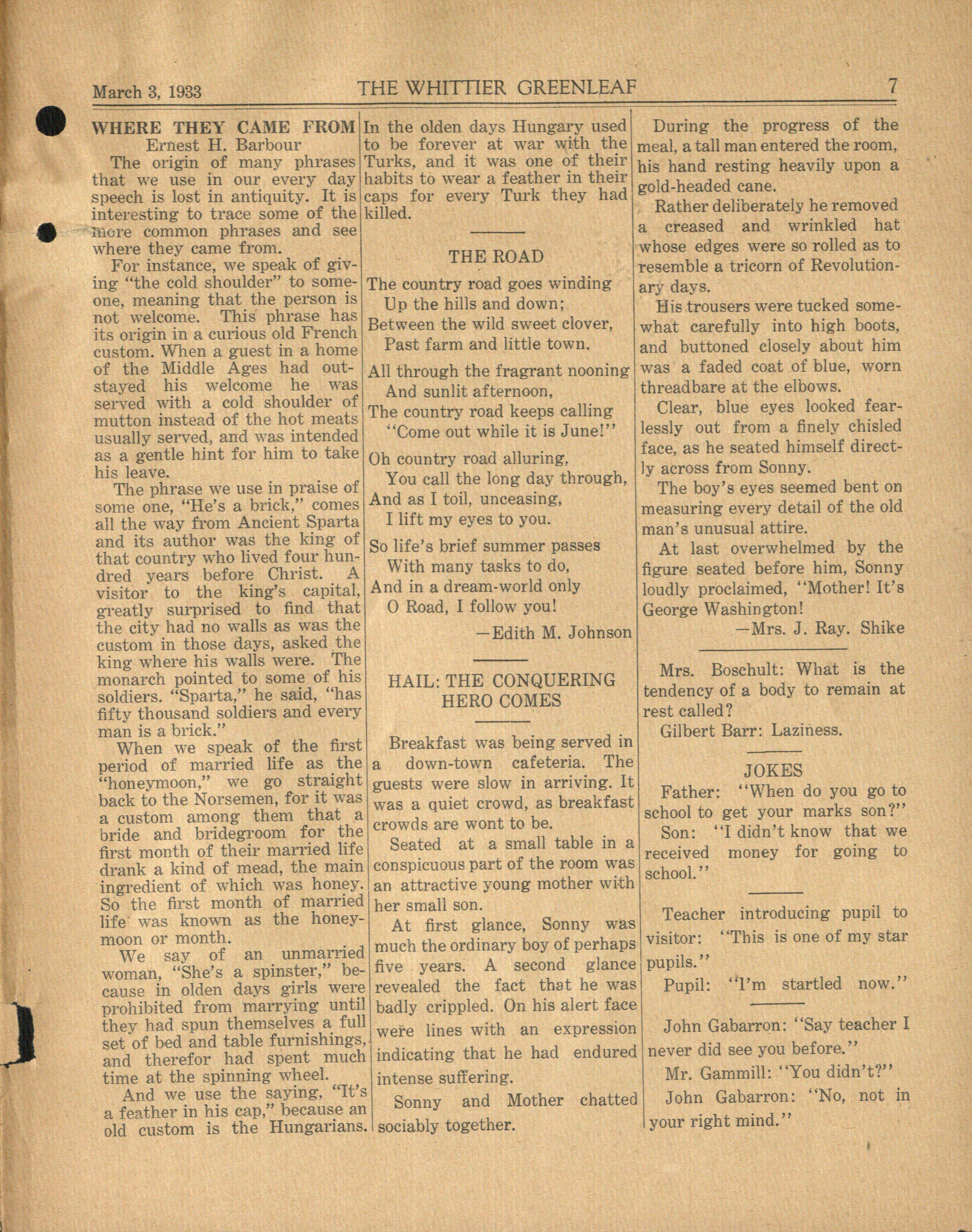Alright, let’s talk about my little adventure with what I ended up nicknaming ‘Pierce Jensen Jr.’ Not a person, mind you, but this… let’s call it a ‘situation’ I had to untangle a while back. It’s one of those things you don’t forget, mostly because of the headaches it caused. So, here’s how my practice with that whole mess went down.

The Beginning of the ‘Joy’
It all started on a Monday, typical, right? I got tasked with integrating a new module with an older, notoriously finicky system. This older system, that was the original ‘Pierce Jensen’ in my book – complex, barely documented, and everyone tried to avoid it. This new module was supposed to be its modern, streamlined successor, hence ‘Pierce Jensen Jr.’ Spoiler: ‘Jr.’ had inherited all the stubbornness of ‘Sr.’ but with its own unique set of tantrums.
So, my first step, as always, was trying to get the lay of the land. I dug through what little documentation existed for ‘Jr.’ It was sparse, let me tell you. A few outdated diagrams, some notes that looked like they were scribbled on a napkin during a very stressful lunch. Classic. I then spent a good day or two just setting up a test environment. That itself was a journey, trying to get all the dependencies to play nice. You know how it is, version conflicts, missing libraries – the usual suspects when you’re dealing with something that hasn’t been touched by loving hands in a while.
Getting Stuck In
Once the sandbox was ready, or as ready as it was going to be, I started the actual ‘practice’ part. My initial goal was simple: make ‘Jr.’ talk to a basic test harness. Just a handshake, that’s all I wanted. Easier said than done. I sent the first few test signals, and back came… well, mostly silence, occasionally punctuated by an error message so cryptic it might as well have been in ancient hieroglyphs.
Here’s what I did, systematically, or at least I tried to be systematic:
- I logged everything. Every command, every response, every weird flicker on the screen. My log files became my best friends, or my worst enemies, depending on the day.
- I broke it down. Instead of trying to get the whole integration working at once, I focused on the smallest possible pieces. Can I get ‘Jr.’ to acknowledge a connection? Can I get it to process a single, tiny piece of data? Baby steps.
- I experimented with configurations. ‘Jr.’ had a bunch of settings, none of which were clearly explained. So, it was a lot of trial and error. Change a setting, run a test. Change another, run another test. Felt like I was trying to crack a safe by trying every combination.
There were days, man, where I’d spend hours just to find out I’d misspelled a parameter name or that a crucial service hadn’t started properly because of some obscure permission issue. It was frustrating, to say the least. I remember talking to myself a lot during that period, mostly asking “Why? Why would anyone design it this way?”

The Breakthroughs, Such As They Were
Slowly, and I mean S-L-O-W-L-Y, I started to see some glimmers of hope. After what felt like an eternity of poking and prodding, ‘Jr.’ finally responded to one of my test signals in a way that wasn’t a flat-out rejection. It was a small victory, but I practically did a happy dance in my chair. That little success gave me the motivation to keep pushing.
I then started building up the complexity bit by bit. Got one part working? Okay, add the next small piece. If it broke, I knew where the problem likely was. It was like detective work. My practice evolved from wild guessing to more educated guessing, based on the patterns I was starting to see in ‘Jr.’s’ behavior.
One key thing I learned was that ‘Jr.’ was extremely sensitive to timing. Send a command too soon, it ignored you. Too late, same story. Finding that sweet spot took a lot of patient observation and adjustment. It wasn’t in any manual, of course. That was pure, hard-won experience.
What I Carried Away From Wrestling ‘Pierce Jensen Jr.’
So, after a few weeks of this, I finally got ‘Pierce Jensen Jr.’ to a point where it was, let’s say, “reliably temperamental.” It wasn’t perfect, far from it, but it did what it was supposed to do, most of the time. The integration went live, with a lot of caveats and a very detailed troubleshooting guide I wrote – mostly for my own sanity, and for the poor soul who might have to touch it next.
Looking back, my practice with ‘Pierce Jensen Jr.’ wasn’t about mastering some new, cutting-edge tech. It was a masterclass in patience, perseverance, and the art of dealing with legacy headaches. It reinforced the importance of meticulous record-keeping and breaking down overwhelming problems into manageable chunks. And honestly, it also taught me that sometimes, you just have to accept that some systems are just going to be difficult, and your job is to find a way to work with them, or around them, without losing your mind. It’s not always pretty, but hey, that’s the gig sometimes, right? Made me appreciate the well-documented, sensible systems a whole lot more, that’s for sure.

